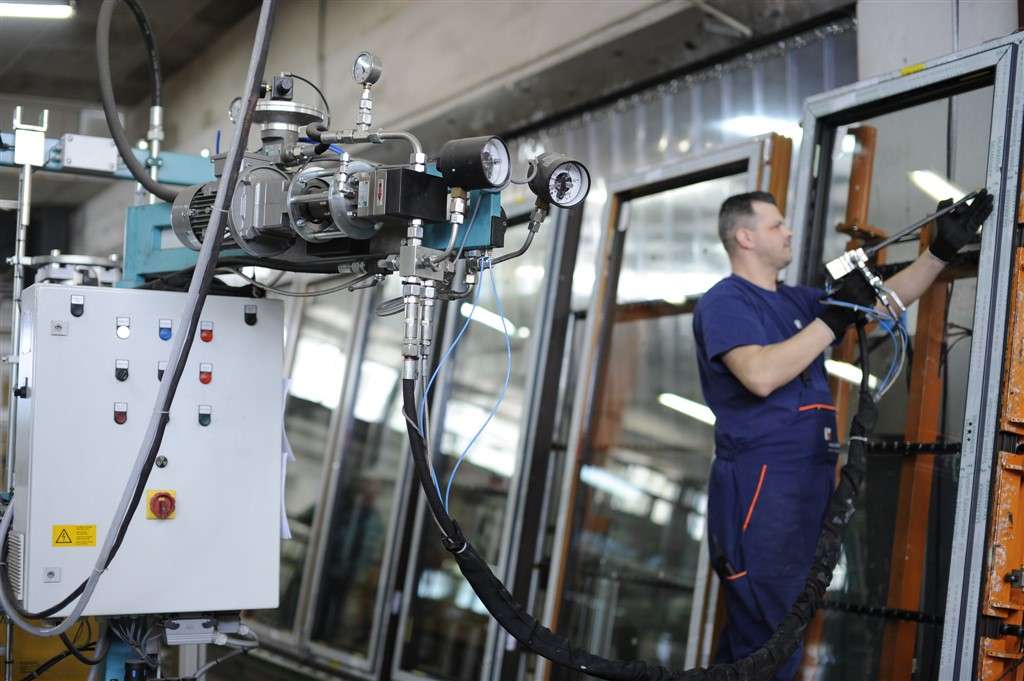FORMA Viso windows are undoubtedly distinguished by their appearance – their sashes are completely flush with the frame from the outside. In order to achieve this effect while maintaining the properties of the structure, glazed units bonding is necessary. This process not only provides the windows with the appropriate rigidity, but also significantly improves their thermal insulation.
What is glass bonding?
Glass bonding involves creating a mechanical connection between the glazed unit and the window sash. For this purpose, a special adhesive is used during the manufacturing process. Thanks to it, the glazed unit becomes a structural element of the window and, consequently, it transfers a large part of static loads.
Advantages of glass bonding
One of the most important advantages of glass bonding is the increased rigidity of the window construction. This avoids sagging of the sash as well as deformation of the profiles. As a result, the joinery retains its functionality even after many years of use. In addition, the mechanical connection of the glazed unit to the sash has a beneficial effect on thermal insulation of window. This means that the construction better protects the interior from heat loss. Improved acoustic insulation is also worth mentioning. In MS beyond WINDOWS the glue is applied after the glazed unit is placed in the sash. The next stage in the production process is the assembly of glazing beads.
Glazed units in FORMA Viso windows
All FORMA Viso system products feature a mechanical connection between the glazed unit and the sash. It allows to guarantee the appropriate properties for the structure. Importantly, the glazed units bonding makes it possible to make windows in slightly larger sizes.

